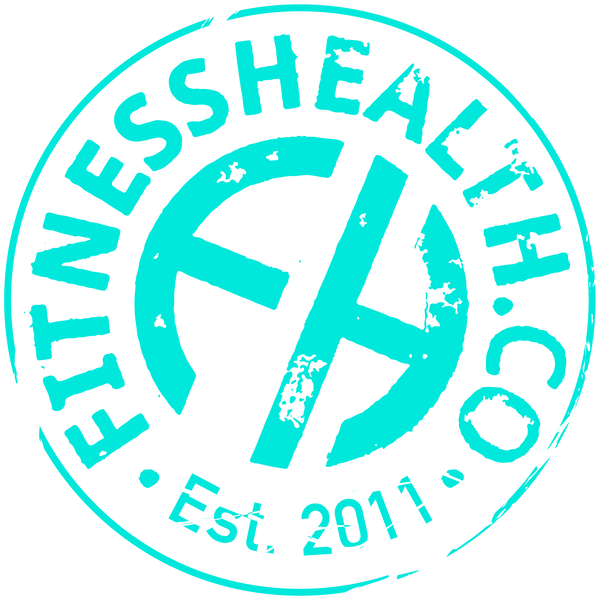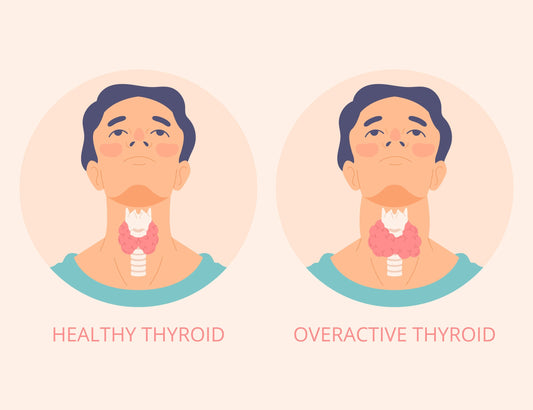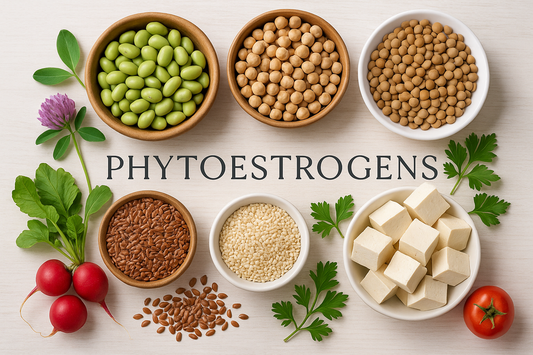As someone who owns a supplement company and works with tons of runners and fitness enthusiasts, I'm often asked if running by itself will tone your body. The answer isn't simply yes or no—it's more complex and depends on several factors including your current fitness level, eating habits, running routine, genetics, and what you're hoping to achieve with weight loss.
The Truth About Running and Body Toning
Running definitely helps create a more toned appearance, but probably not exactly how you're imagining. Here's what actually happens when running becomes a regular part of your routine:
What Running Actually Does to Your Body
Fat Loss: Running is one of the best calorie-burning exercises out there! A typical person burns about 100 calories per mile, which is a fantastic way to burn calories no matter your pace (though higher intensity lets you cover more distance in the same time, burning more overall). As you create that calorie deficit through regular running, your body will use up fat stores, revealing the muscle underneath and creating that toned look you want.
Lower Body Development: Running mainly works your lower body muscles—especially your quads, hamstrings, glutes, and calves. Over time, these muscles adapt by becoming stronger and more efficient, engaging multiple muscle groups. This creates some muscle definition, particularly if you're new to challenging these muscles.
Core Strength: Good running form needs engaged core muscles for stability. While running alone won't give you six-pack abs, it does strengthen those deep core muscles, including abdominals, that help create a more toned midsection.
Upper Body Impact: Running doesn't provide much direct stimulus to upper body muscles. Your arms swing and shoulders rotate while running, but this movement typically isn't enough resistance to significantly tone your arms, chest, or back.

Why Running Alone May Not Be Enough
Based on feedback from thousands of my customers, I've noticed several limitations when people rely only on running for body toning:
Diminishing Returns: As your body adapts to running, the toning effect becomes less noticeable. Your muscles get more efficient, meaning they need less energy (and potentially recruit fewer muscle fibers) to do the same work.
Minimal Resistance: Muscle tone develops when responding to resistance. Running provides resistance through body weight and impact forces, but this stays relatively fixed. Without progressive overload (gradually increasing the challenge), muscle development hits a plateau.
Potential Muscle Loss: Long steady-state cardio, especially combined with significant calorie restriction, can sometimes lead to muscle loss alongside fat loss. This might eventually create a "skinny fat" appearance instead of a toned look if you're also trying to lose fat.
Upper Body Neglect: Since running mainly targets lower body muscles like the gluteal muscles, exclusively relying on running can create an unbalanced physique with less definition in your upper body.

Creating a Complete Toning Strategy
The most successful approach I've seen among my customers combines running with complementary strategies:
Incorporate Strength Training
Adding 2-3 strength training sessions weekly creates a more balanced approach to body toning:
Resistance exercises: Build and preserve muscle tissue, which is metabolically active and contributes to a toned appearance even at rest.
Full-body coverage: Address areas that running doesn't effectively target, especially the upper body.
Progressive overload: Unlike running, weight training easily allows for progressive increases in resistance, creating ongoing stimulus for muscle development.
I've found that even a simple bodyweight circuit twice weekly (push-ups, squats, lunges, planks) can make a huge difference in overall muscle tone when combined with running.
Optimize Your Running Routine
Not all running contributes equally to body toning:
Incorporate intervals: High-intensity interval training (HIIT) or sprint work creates more powerful muscle contractions and has been shown to preserve muscle better than steady-state cardio alone.
Include hills: Uphill running increases resistance on your lower body muscles, creating greater stimulus for toning and development.
Vary your workouts: Combining long, slow runs with shorter, more intense sessions provides different stimuli to your muscles and cardiovascular system.
I had one customer who switched from only doing long, slow distance runs to a mixed approach with two weekly interval sessions and one hill workout - they saw significantly improved muscle definition within just eight weeks!

Pay Attention to Nutrition
Your diet plays a crucial role in revealing the muscle tone developed through exercise and improving your overall body composition:
Adequate protein: Aim for 1.6-2.0g of protein per kilogram of bodyweight daily to support muscle maintenance and development, especially if you're in a caloric deficit.
Calorie awareness: To reveal muscle tone, you'll need to reduce body fat, which requires a modest caloric deficit. However, too much calorie restriction can lead to muscle loss.
Nutrient timing: Consider protein intake around your workouts to support recovery and muscle synthesis.
Hydration: Proper fluid balance helps muscles appear fuller and more defined, supporting lean muscle mass while dehydration can create a flat, less toned appearance.
Rest and Recovery Strategies
Recovery isn't just about preventing injury—it directly impacts how toned your body becomes:
Adequate sleep: Most muscle repair and growth happens during sleep. Try for 7-9 hours each night.
Strategic recovery: Schedule rest days or lighter activity between intense training sessions.
Stress management: Chronically elevated cortisol can inhibit muscle development and promote fat storage, particularly around your midsection.

Realistic Expectations and Timeframes
Based on patterns I've observed among thousands of customers, here's what you can realistically expect for cardiovascular fitness:
Beginners: Noticeable improvements in muscle tone within 4-8 weeks of consistent running combined with strength training, particularly if starting from a sedentary baseline.
Intermediate exercisers: More subtle changes that might take 8-12 weeks to become apparent, often requiring more attention to nutrition and training variety.
Advanced athletes: Highly specific training and nutrition strategies are usually necessary to create further improvements in muscle tone.
Remember that genetics play a significant role in how your muscles appear when toned. Factors like muscle insertion points, fiber type distribution, and natural body fat distribution patterns all influence your "toned" appearance, regardless of training approach.
The Bottom Line
Running contributes significantly to a toned appearance primarily through fat loss and some lower body muscle development. However, for most people, running alone isn't the most efficient or balanced approach to achieving a comprehensively toned physique.
The most effective strategy combines:
- Regular running (with variety in intensity and terrain)
- Basic strength training 2-3 times weekly
- Appropriate nutrition to support muscle maintenance while allowing fat loss
- Adequate recovery practices
This balanced approach not only creates better aesthetic results but also produces a more functional body with reduced injury risk and improved performance across various activities.
What's your experience with running and body toning? Have you found that combining running with other activities made a difference in your results? If you have experience working with a personal trainer, I'd love to hear your thoughts in the comments below.














